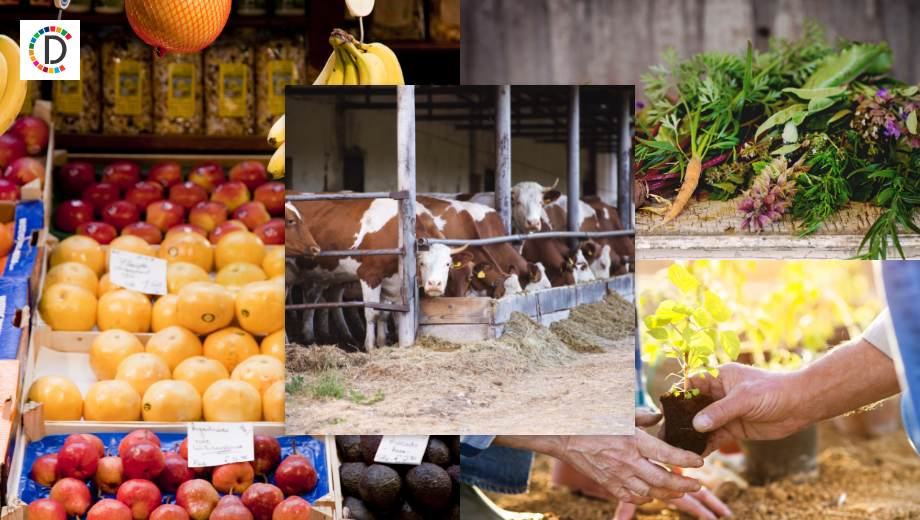Indoor Innovation: Safeguarding Saffron Amidst Climate Change
Pampore, a town in Indian Kashmir, is known for producing saffron, the world's most expensive spice. Traditional farming faces threats from urbanization and climate change, resulting in decreased production. Indoor cultivation, promoted by experts, offers hope for sustainable growth and temperature resistance.

Nestled in an Indian valley beneath the snow-tipped Himalayas, Pampore hosts the renowned saffron farms. These fields produce the valuable spice, generating much of India's output, second only to Iran. However, the traditional craft faces challenges from urban expansion and pressing climate threats.
With rising temperatures and erratic rainfall, saffron yields have plummeted dramatically, alarming local farmers and experts. Yet, innovative indoor cultivation methods provide a potential lifeline. These modern techniques offer controlled environments, enhancing temperature resistance and minimizing crop failure risk.
Efforts by Dr. Bashir Ilahi and his colleagues in demonstrating indoor harvest methods spotlight a revolution in agrarian practice. Advocates urge the government for broader promotion, aiming to secure this vital industry against global climate change impacts.
(With inputs from agencies.)
ALSO READ
Madhya Pradesh holds immense potential in agriculture, farming and cooperative sectors: Union minister Amit Shah.
India's Fintech Future: Opportunities for Growth and Innovation
India's Stellar Journey: Charting the Cosmos Through Innovation
Pakistan Protests Erupt Over Corporate Agriculture Policies
Africa Must Chart Its Own Future—AfDB’s Adesina Urges Self-Reliance, Innovation










